Why are there so many magpies?
Magpies seem to be flourishing, so much so that seeing 'one for sorrow' is more often closer to '11 for a football team'. Martin Fone looks at why these hugely intelligent birds are thriving, and considers why they're so often at the centre of our superstitions.
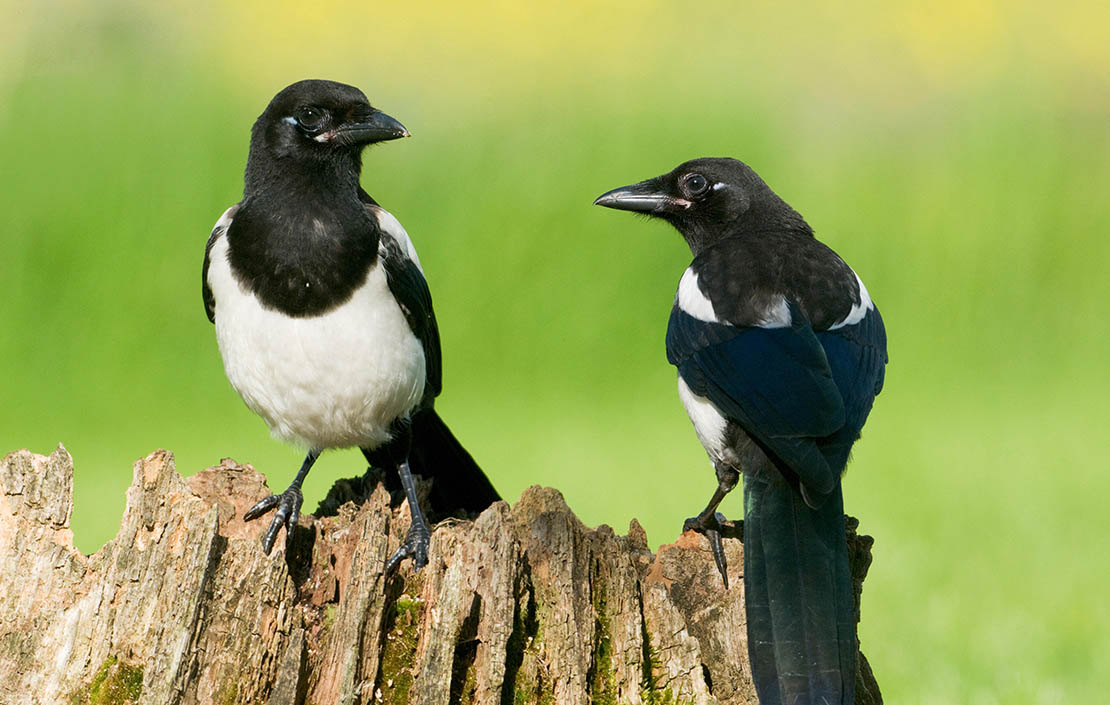

The magpie is one of our most distinctive wild birds with its black plumage, interspersed with white flanks, belly, and wing patches, and a long, stiff tail, which accounts for over a third of its forty-five-centimetre length. On closer inspection its ostensibly black feathers take on a purplish-blue hue and the tail has a green gloss to it. Even if it cannot be seen, its loud chattering and repetitive call of ‘chac-chac-chac-chac’ makes it hard to ignore.
And what makes them even harder to ignore is their sheer weight of numbers at the moment.
So common are magpies (Pica pica), it seems, that it is not so much a case of ‘one for sorrow, two for joy, three for a girl, four for a boy, five for silver, six for gold, seven for a secret never to be told’ as enough for the first team squad of Newcastle United or Notts County. Little wonder that gazza is the Italian word for a magpie.
Magpies were very common in most parts of Britain until the mid-19th century, their presence encouraged by farmers because they ate the insects and rodents that were injurious to their crops and stores, a case of practicality trumping superstition. However, for the gamekeeper the magpie with its voracious appetite for eggs and young chicks was public enemy number one and a sustained campaign to eradicate them during the latter part of the 19th century and up until the First World War saw their numbers plummet.
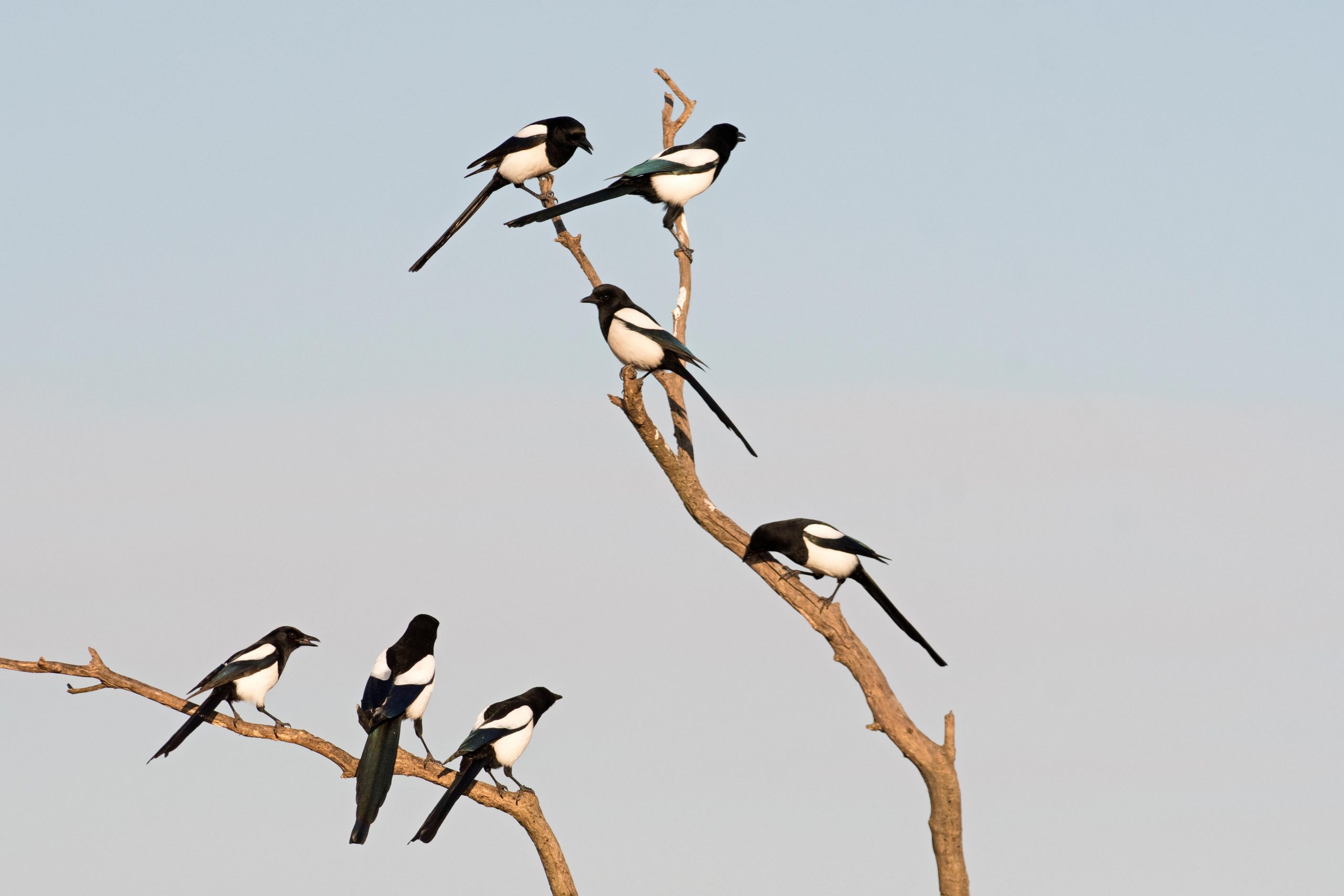
While the control of magpie numbers is still legal on many shooting estates, magpies are not subjected to the industrial-scale persecution they once were and, unsurprisingly, since the First World War their numbers have been on the up. Since the mid-1960s, according to data collated by the British Trust for Ornithology (BTO), the British magpie population has risen dramatically.
In the period between 1967 and 2020 numbers have risen by 111% in England and 100% across the United Kingdom as a whole. A more detailed review of the data shows that the main increase in population occurred between the mid-1960s and mid-1990s. Indeed, since then numbers have stabilised, with a 1% reduction in England in the last twenty-five years, although there was a 3% increase between 2010 and 2020. The picture for the United Kingdom shows a drop of 4% over the last twenty-five years and neither an increase nor a decrease in the last ten. At the last count (2016) there were over 610,000 breeding territories.
The BTO posits that an increase in the number of fledglings in each breeding attempt and a lower failure rate at the egg and chick stages probably accounted for the doubling of the magpie population in the thirty years from 1967. These factors have now stabilised, suggesting that magpie numbers have reached their natural ecological equilibrium.
Exquisite houses, the beauty of Nature, and how to get the most from your life, straight to your inbox.
As more of the countryside gives way to urbanisation, magpies have proven to be remarkably resourceful, developing a symbiotic relationship with humans. Urban and suburban magpie populations have increased more rapidly than their rural confrères, partly because in built up areas they are not persecuted, there is a greater availability of food, by nesting close to humans, they have protection from their natural predators, particularly crows, and the warmth generated by our buildings encourages breeding earlier in the year, enhancing survival rates. Only in the wilds of north and north-west Scotland are sightings of magpies rare.
With their brain-to-body mass equivalent to that of the great apes, urban settings also give them greater opportunities to exploit their natural intelligence. Recently and ironically, for example, three magpies in Rotterdam were observed using anti-bird spikes to fortify their nests against predators.
Whilst the scientific data does not support an increase in the magpie population, empirical evidence suggests that there is a marked shift from rural to urban settings. According to The Irish Times, magpies generally mate for life. In the first year after leaving the nest not all are successful in finding partners and so, just like teenagers, they hang around in gangs making a racket. Rather than being irked by their noise, perhaps we should spare some sympathy for these lovelorn birds.
The relative stability of the magpie population compared with the trend of falling numbers experienced by 48% of Britain’s bird species between 2015 and 2020 means that these noisy birds are set to be even more conspicuous in the future.
The superstitions surrounding magpies
In folklore the magpie’s reputation was positively Manichaean. Admired by the Romans for its intelligence and reasoning abilities, for the ancient Greeks it was sacred to Bacchus, god of wine, and associated with intoxication. In China, a singing magpie was thought to bring good fortune and was adopted as a symbol of happiness and luck, for the Koreans it delivered good news, and for the Mongolians it was smart enough to control the weather. A magpie feather was worn as a sign of fearlessness by some native Americans, others believing it to be a messenger of the spirits or imbued with shamanic powers.
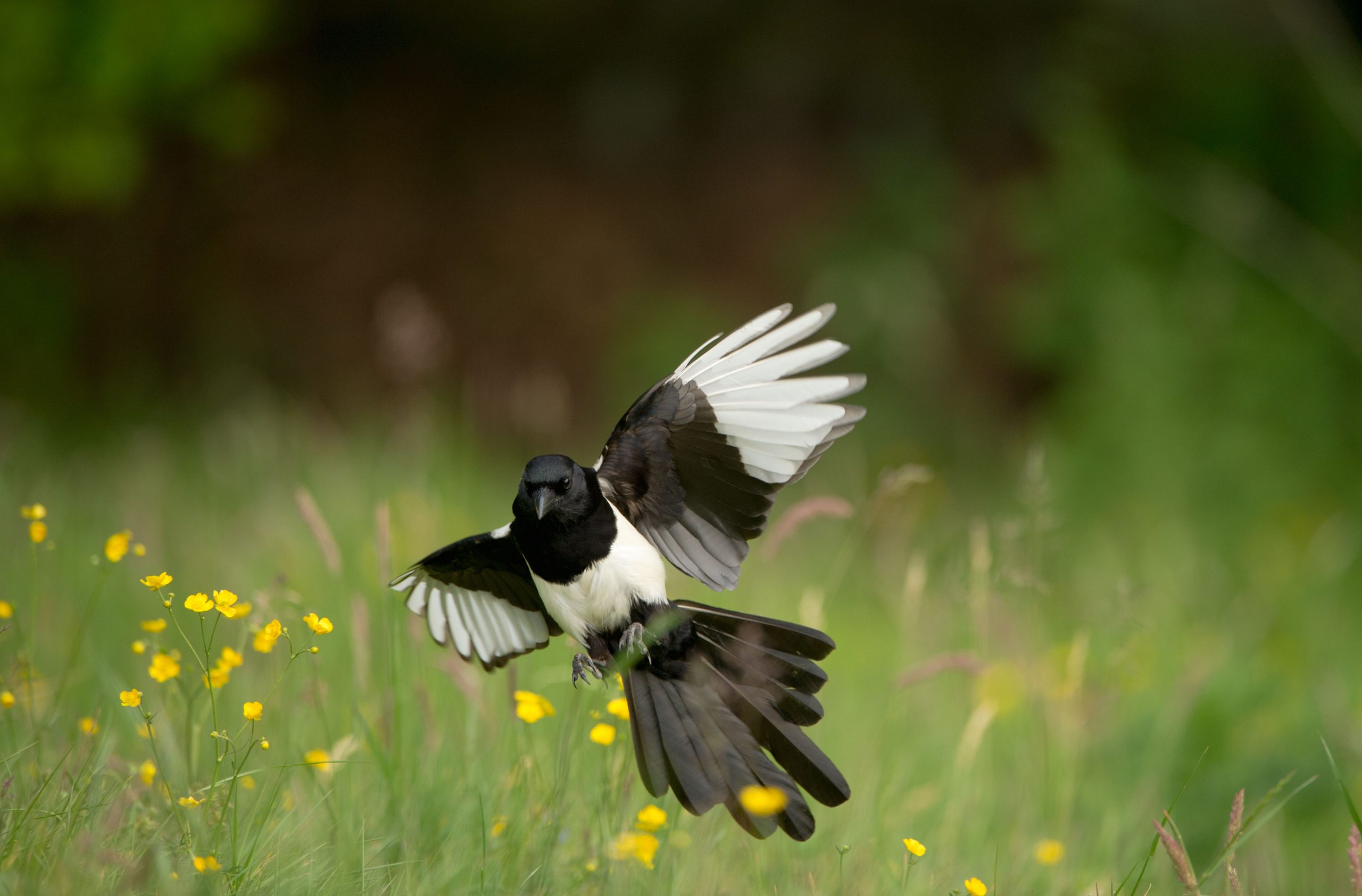
The Christian church saw the magpie differently, though, the only bird, they claimed, not to have wept for or comforted Christ during his crucifixion and, because of its pied plumage, not to have observed a proper period of mourning. As a hybrid of the raven and the dove it was the only bird not to be baptised and to eschew the comforts of Noah’s ark, preferring to sit in the pouring rain chattering and swearing. It carried a drop of the Devil’s blood in its tongue which, if released, would render the bird capable of human speech. In captivity, magpies have proven to be excellent mimics.
Often seen scavenging for carrion near battlefields, field hospitals, and gallows, magpies were associated with death, a reputation enhanced by their habit, during the breeding season, of raiding nests. Their inquisitive and mischievous nature led to them, somewhat unfairly, being seen as thieves with a penchant for shiny objects and jewellery, a reputation Puccini exploited to good effect in La Gazza Ladra (1817) with Ninette tried, convicted, and executed for theft, only for the true culprit, the thieving magpie, to be revealed too late.
Tarred with the reputation of being evil, it was but a small step to view a solitary magpie as a harbinger of bad luck. Over the ages several strategies were devised to ward off misfortune including saluting the bird, doffing one’s hat to it, saying ‘Good morning, General’ or ‘Good morning, Captain’, spitting three times over your shoulder, blinking rapidly to fool yourself into thinking that you have seen two magpies, or flapping your arms about and cawing to mimic the bird’s missing mate. In Somerset, carrying an onion at all times warded off any evil that a magpie might bring but in Yorkshire it was sufficient to make the sign of the cross and shout ‘Devil, devil, I defy thee’ when coming across one.
The sight of a magpie in specific circumstances had particular significance. For the Scots one seen near the window of a house was a sign of an impending death while in Wales the sight of a magpie moving from right to left at the start of a journey meant it was going to be hazardous. In Northamptonshire a group of three together was a sign that a fire would break out and for a fisherman in Devon the sight of the bird early in the morning meant that he would not catch anything that day. In Sussex, though, a magpie perched on the roof of a house indicated that it was solidly built and unlikely to collapse.
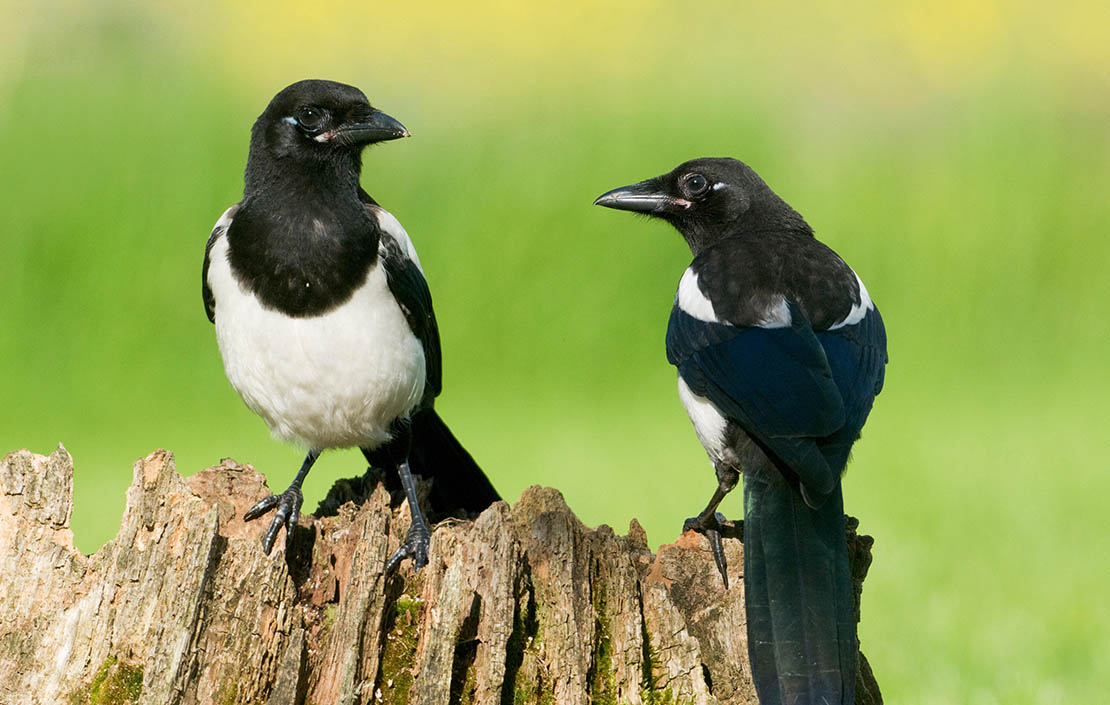
Curious Questions: One for sorrow, two for joy – but why are we so superstitious about magpies?
Superstitions swirl around all manner of different birds, but never more so than with magpies. We take a look at
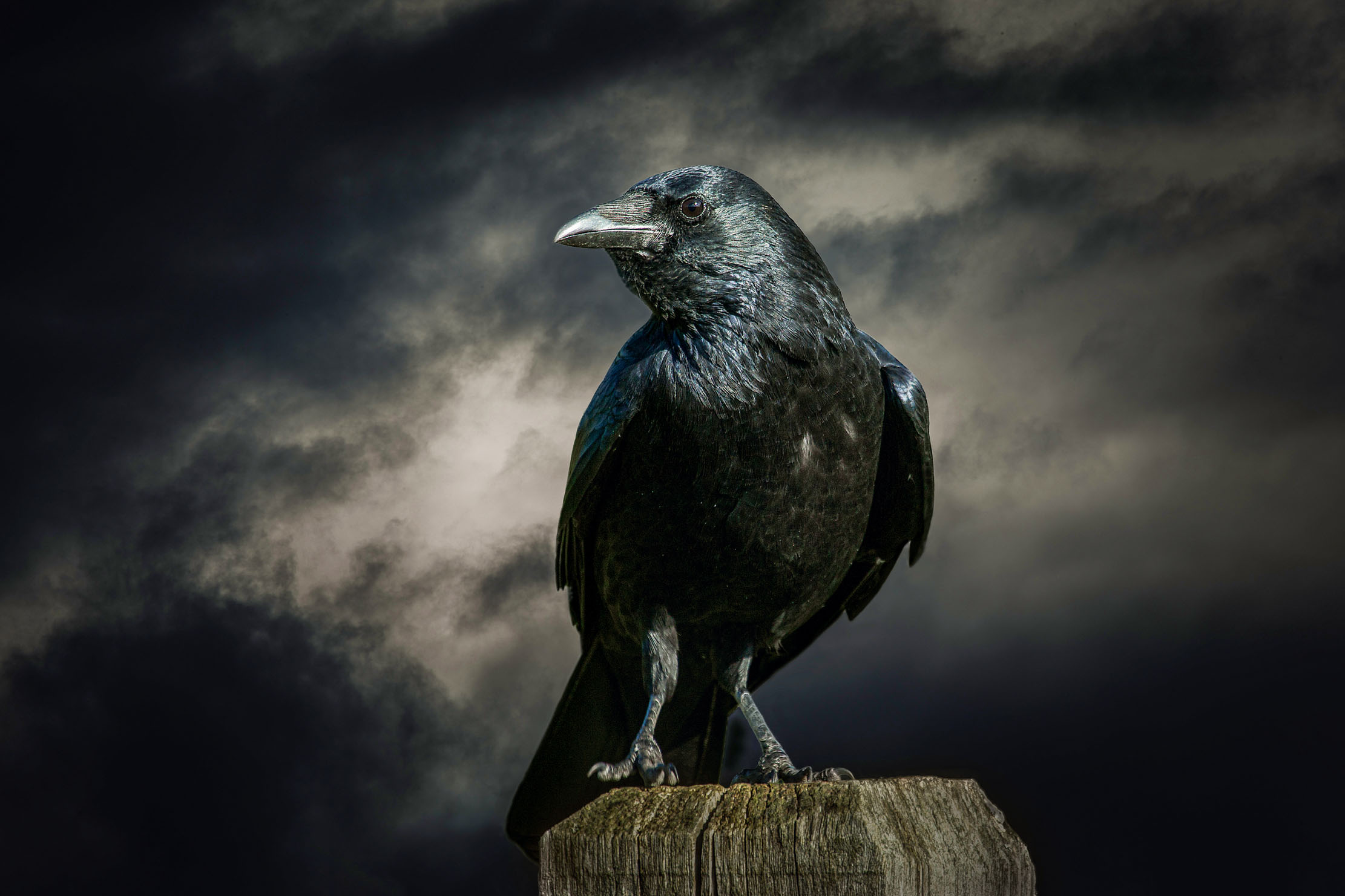
Crows: Everything you need to know about the whole corvid family, from ravens and jackdaws to rooks, magpies, jays and choughs
Clever, companionable and mischievous, the crow or corvid family of birds has long loomed large in our lives and imaginations,
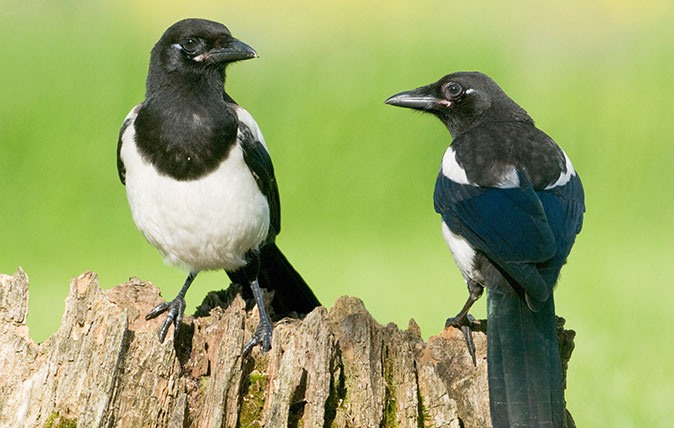
Credit: Alamy
10 famous country superstitions – and is there any truth in them?
We take a look at the reasoning behind some country superstitions like 'Red sky at night, shepherd's delight' and other
After graduating in Classics from Trinity College Cambridge and a 38 year career in the financial services sector in the City of London, Martin Fone started blogging and writing on a freelance basis as he slipped into retirement. He has developed a fearless passion for investigating the quirks and oddities of life and discovering the answers to questions most of us never even think to ask. A voracious reader, a keen but distinctly amateur gardener, and a gin enthusiast, Martin lives with his wife in Surrey. He has written five books, the latest of which is More Curious Questions.
-
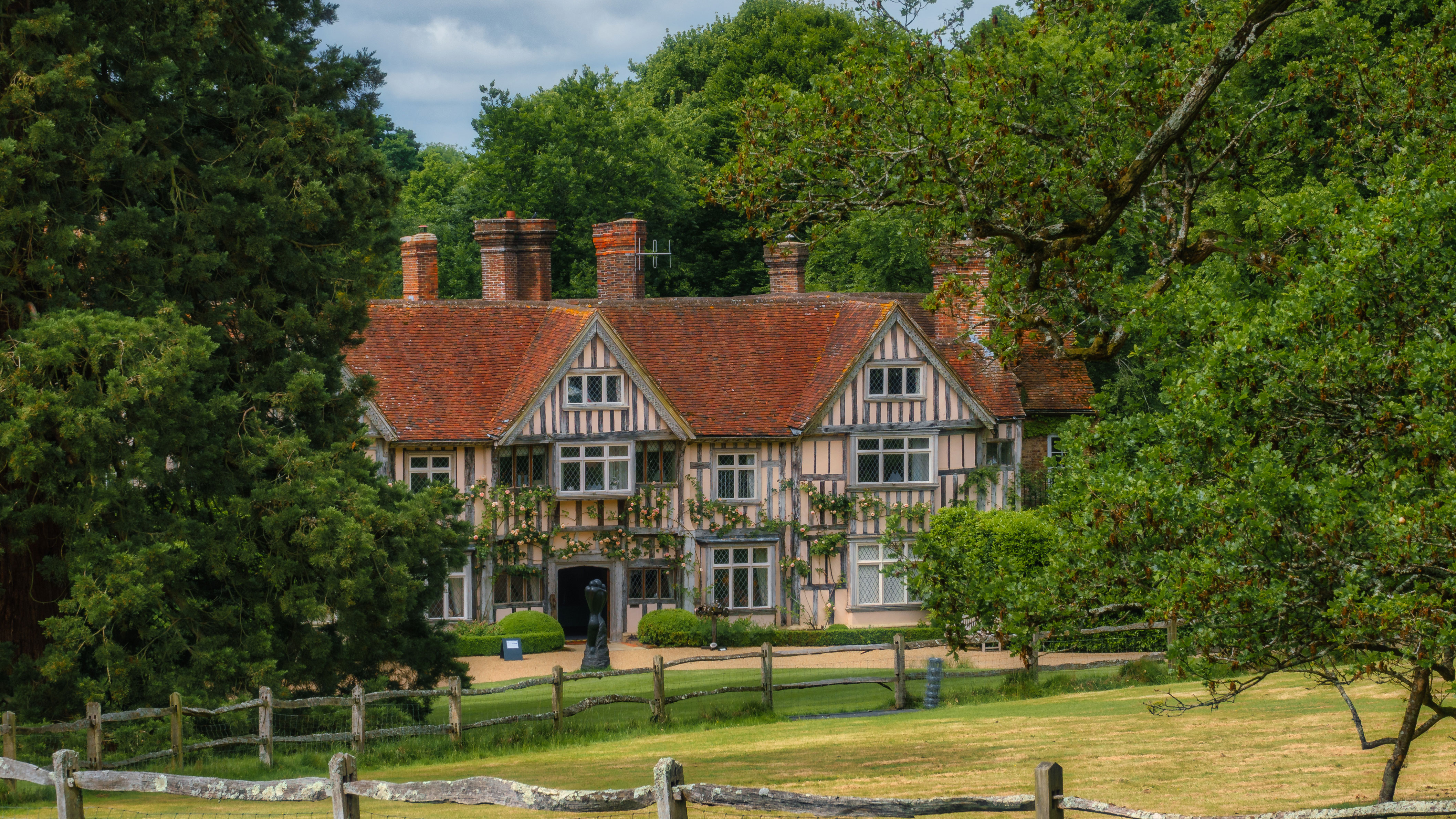 'Good news, let’s make the £20 million deal happen': The Mansion Tax that turned out to be 'the least worst outcome for prime property', and the places that will be hit
'Good news, let’s make the £20 million deal happen': The Mansion Tax that turned out to be 'the least worst outcome for prime property', and the places that will be hitWhere in Britain are the £2 million homes set to be hit by the Mansion Tax? Anna White takes a look.
-
 A very taxing quiz indeed: Country Life Quiz of the Day, November 26, 2025
A very taxing quiz indeed: Country Life Quiz of the Day, November 26, 2025Test your general knowledge in today's Quiz of the Day.
-
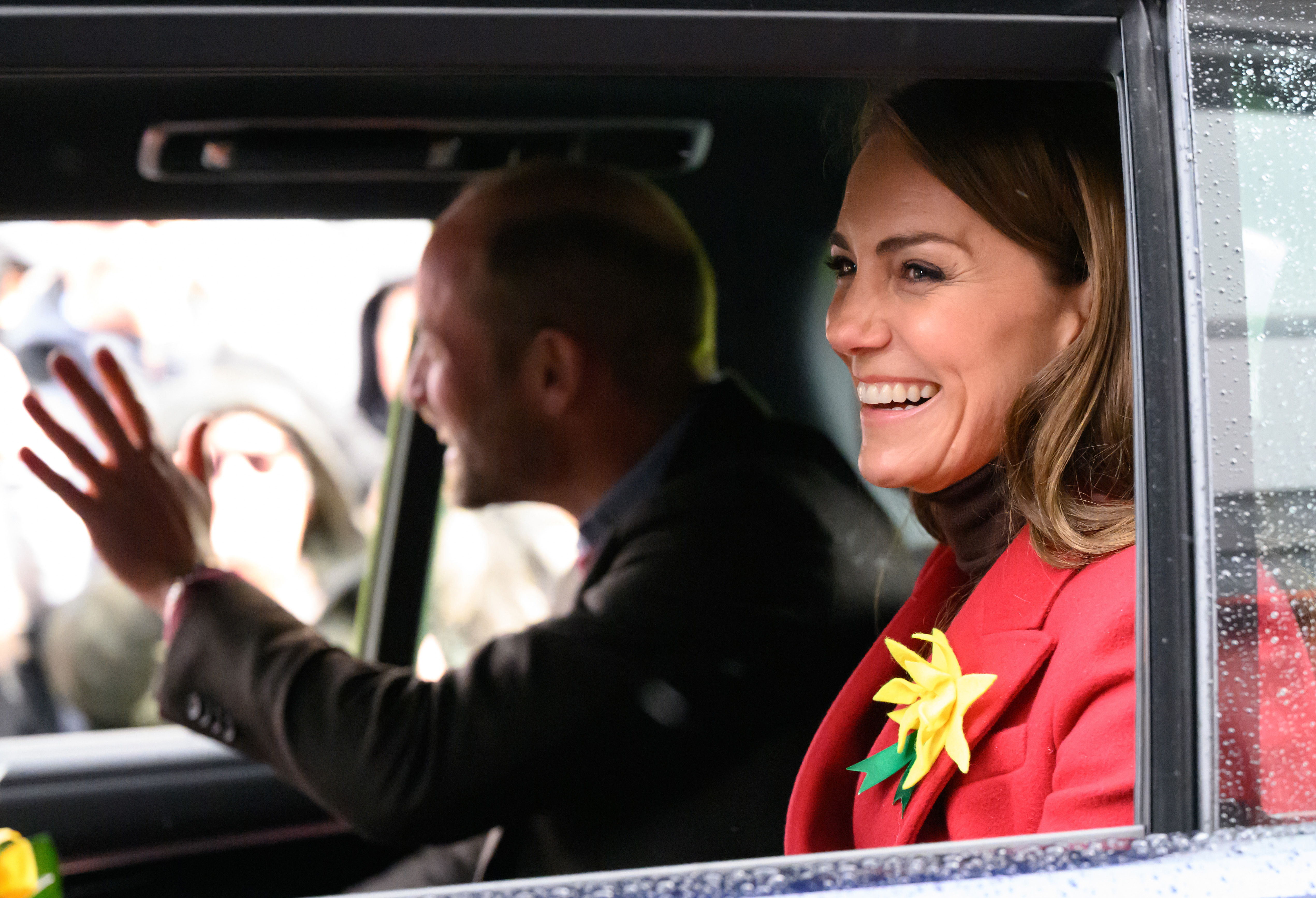 Curious Questions: Will the real Welsh daffodil please stand up
Curious Questions: Will the real Welsh daffodil please stand upFor generations, patriotic Welshmen and women have pinned a daffodil to their lapels to celebrate St David’s Day, says David Jones, but most are unaware that there is a separate species unique to the country.
-
 Nobody has ever been able to figure out just how long Britain's coastline is. Here's why.
Nobody has ever been able to figure out just how long Britain's coastline is. Here's why.Welcome to the Coastline Paradox, where trying to find an accurate answer is more of a hindrance than a help.
-
 Curious questions: how an underground pond from the last Ice Age almost stopped the Blackwall Tunnel from being built
Curious questions: how an underground pond from the last Ice Age almost stopped the Blackwall Tunnel from being builtYou might think a pond is just a pond. You would be incorrect. Martin Fone tells us the fascinating story of pingo and dew ponds.
-
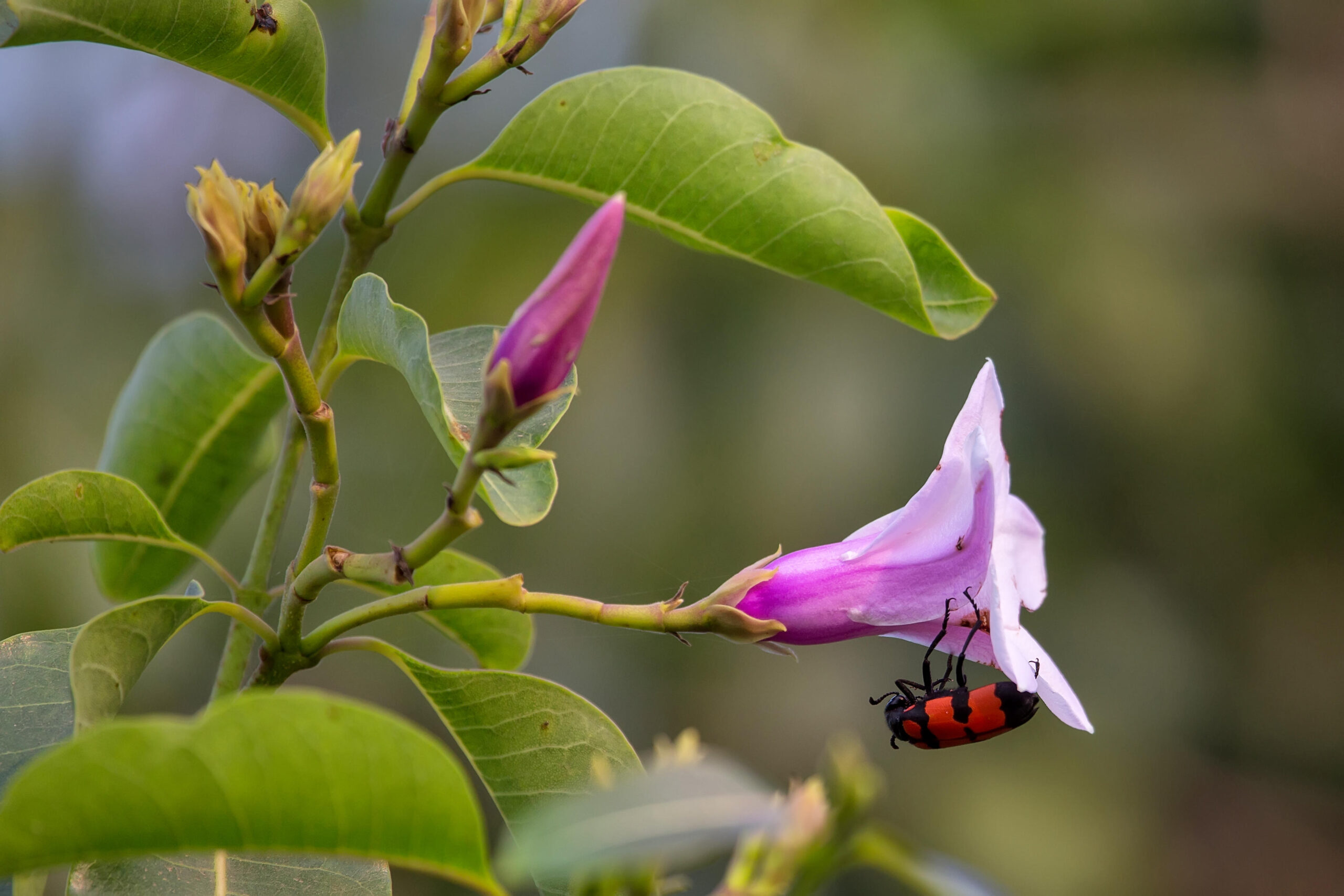 Curious Questions: What's in a (scientific) name? From Parastratiosphecomyia stratiosphecomyioides to Myxococcus llanfair pwll gwyn gyll go gery chwyrn drobwll llan tysilio gogo goch ensis, and everything in between
Curious Questions: What's in a (scientific) name? From Parastratiosphecomyia stratiosphecomyioides to Myxococcus llanfair pwll gwyn gyll go gery chwyrn drobwll llan tysilio gogo goch ensis, and everything in betweenScientific names are baffling to the layman, but carry all sorts of meanings to those who coin each new term. Martin Fone explains.
-
 Curious Questions: How did a scrotum joke confuse paleontologists for generations?
Curious Questions: How did a scrotum joke confuse paleontologists for generations?One of the earliest depictions of a fossil prompted a joke — or perhaps a misunderstanding — which coloured the view of dinosaur fossils for years. Martin Fone tells the tale of 'scrotum humanum'.
-
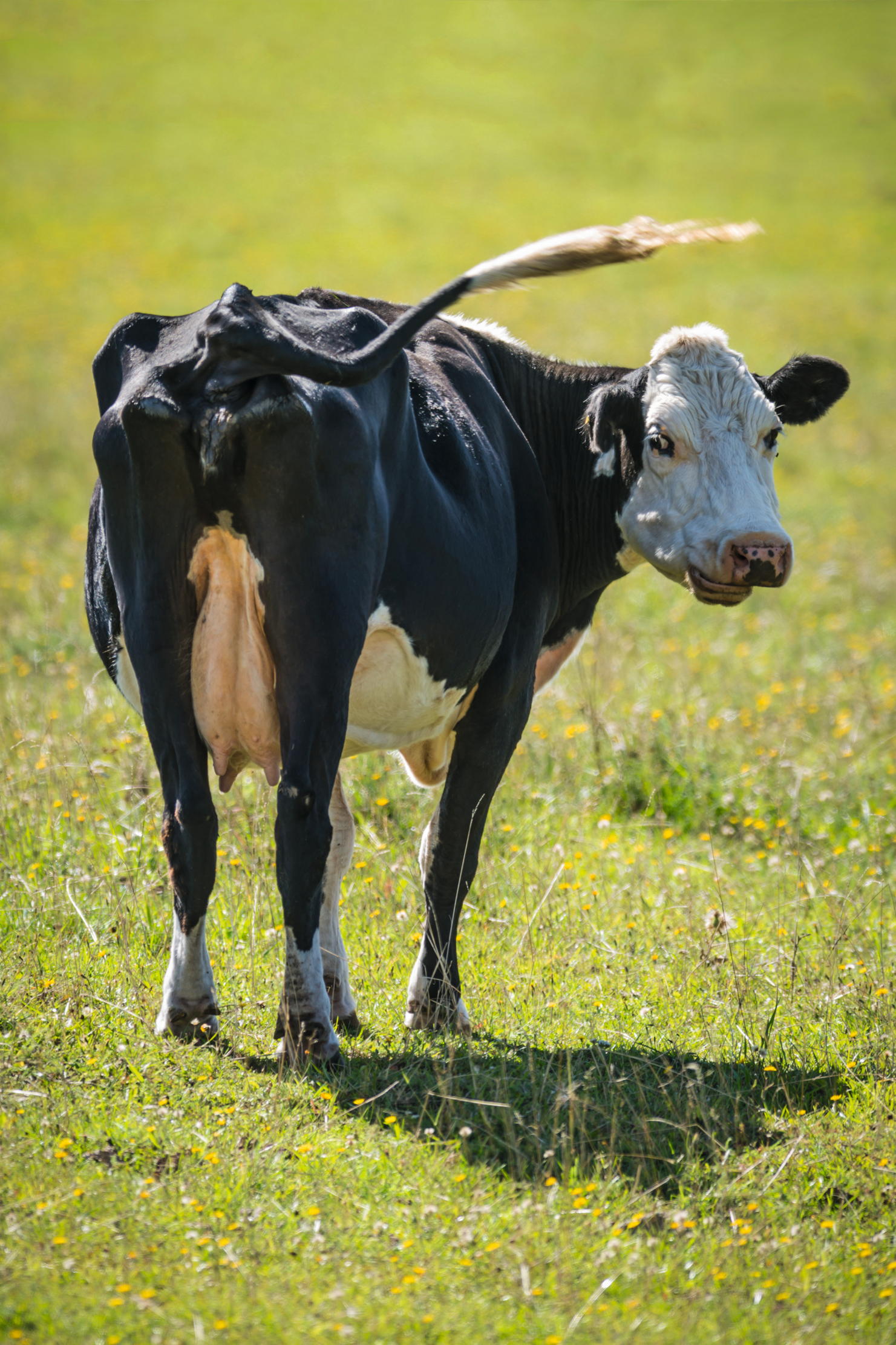 Curious Questions: Why do so many animals have bright white bottoms?
Curious Questions: Why do so many animals have bright white bottoms?Why do so many animals have such obviously flashy appendages, asks Laura Parker, as she examines scuts, rumps and rears.
-
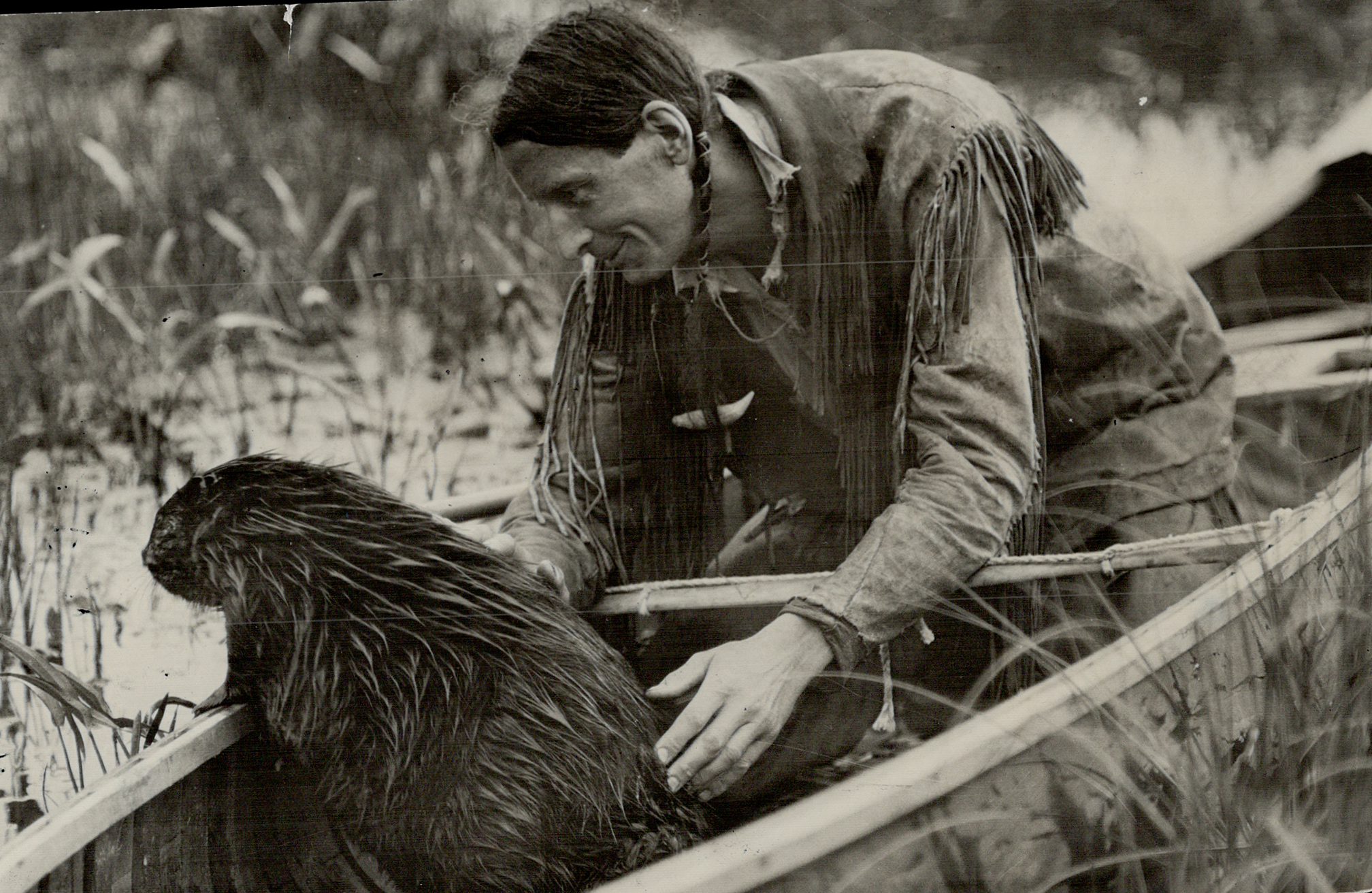 The 1930s eco-warrior who inspired David Attenborough and The Queen, only to be unmasked as a hoaxer and 'pretendian' — but his message still rings true
The 1930s eco-warrior who inspired David Attenborough and The Queen, only to be unmasked as a hoaxer and 'pretendian' — but his message still rings trueMartin Fone tells the astonishing story of Grey Owl, who became a household name in the 1930s with his pioneering calls to action to save the environment — using a false identity to do so.
-
 Curious Questions: Why do all of Britain's dolphins and whales belong to the King?
Curious Questions: Why do all of Britain's dolphins and whales belong to the King?More species of whale, dolphin and porpoise can be spotted in the UK than anywhere else in northern Europe and all of them, technically, belong to the Monarch. Ben Lerwill takes a look at one of our more obscure laws and why the animals have such an important role to play in the fight against climate change.
